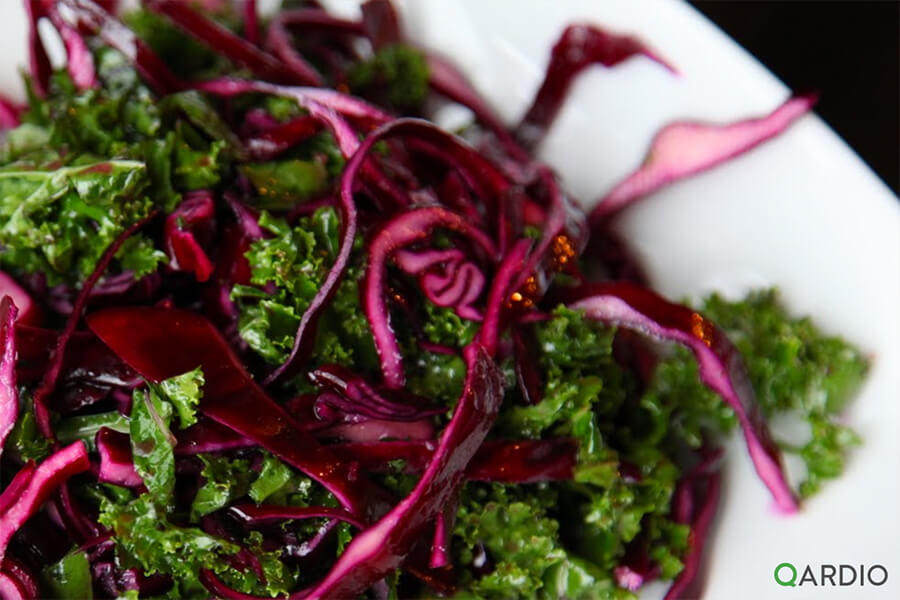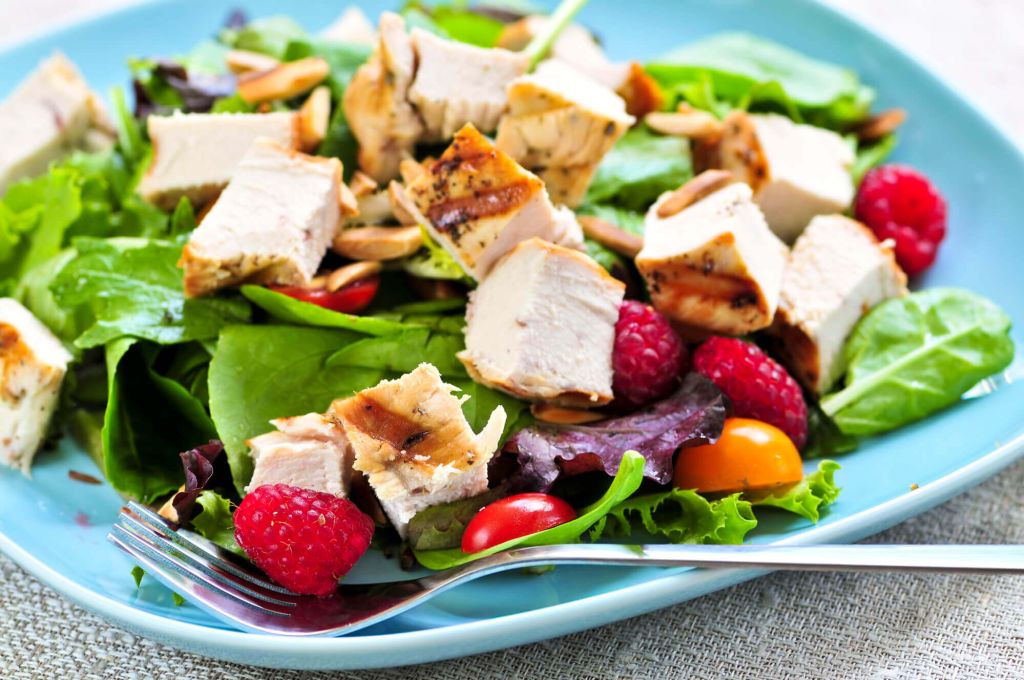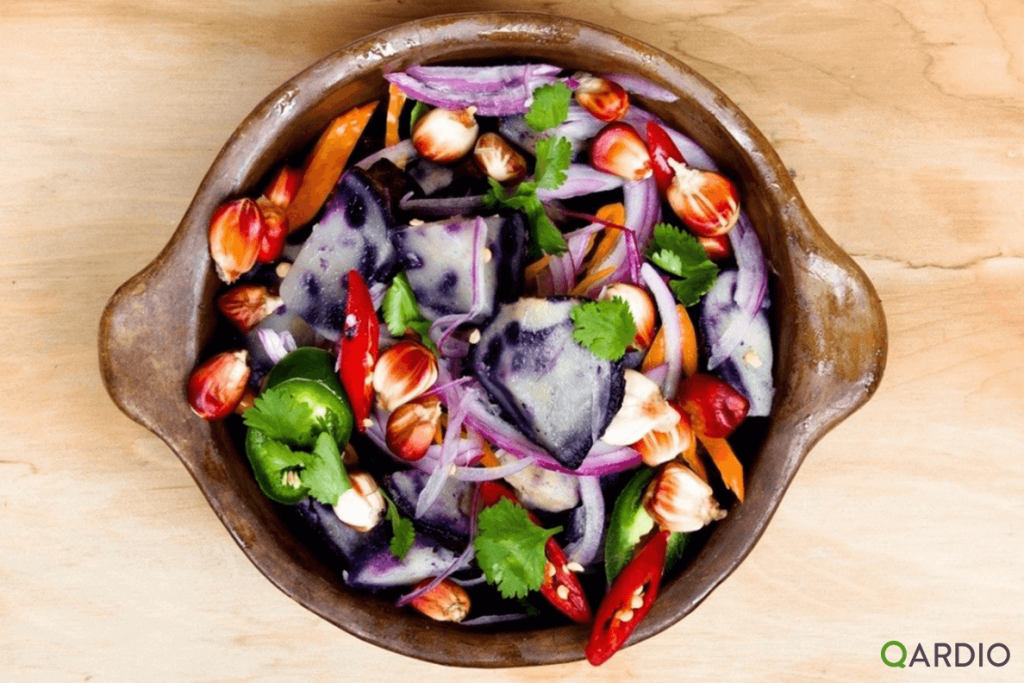At first glance, kale looks like your average, everyday leafy green vegetable, if not simply just a typical garnish. But kale has become one of the most talked about superfoods amongst nutritionists, doctors and foodies alike. It’s also creeping its way into mainstream supermarkets and restaurant menus. With the demands of modern life, balancing work and family–you want ingredients that are easy to find, easy to prepare and packed with healthy nutrients. Kale clearly stands out as a new addition you can work into your diet. If you’re into smart eating, and have not tried Kale, you should definitely take a bite.
Kale is packed with nutrients and low in calories. A cup of raw kale has just 33 calories and contains more iron than beef. In its cooked form, kale is cardiovascular-friendly and can help protect against heart disease because of the high amount of antioxidants it contains. Kale is also a good source of magnesium and potassium, and beyond antioxidants, the fiber content of cruciferous kale binds with bile acids and helps lower blood cholesterol levels. But critics also point out that too much kale isn’t good either. Raw kale can be hard on your digestive system, causing bloating. Kale is also very high in vitamin K, which could be harmful if consumed in excess. Specifically; a cup of raw kale has 684% of the recommended dietary allowance of vitamin K. Vitamin K facilitates blood clotting, and people taking anticoagulants should keep a constant weekly intake of vitamin K. Talk to your doctor before increasing your kale intake.
As a part of a balanced diet, kale is good for your brain and overall mood. Kale contains omega-3s, a healthy fat and anti-inflammatory, that keeps your brain healthy, protecting you against depression. In a recent study, it was found that kale was superior to milk in terms of calcium absorption. Fresh kale also has more vitamin C than an orange, according to of Phil Lempert, a food industry analyst. In terms of buying and preparing kale, there are different types to choose from such as curly kale, ornamental kale and dinosaur kale. You should look for firm, evenly colored, non-wilted leaves with moist and hardy stems. Avoid leaves with any brown spots or small holes.
You can add kale to soups, stews, stir-fry, salads, egg dishes or use it as a topping. It can also be substituted for spinach or collard greens in recipes. For further recipe ideas check out the book 50 Shades of Kale and these 15 Kale recipes from Cooking Light. When it comes to the taste of raw or cooked kale, cooked kale tastes more like spinach with a sweeter and milder taste while raw kale is bitter and harsher on the system. Be sure not to overcook kale, because it could lose its powerful nutrients and enzymes. Consider baby kale, which has a lighter taste and is more delicate to chew. Baby kale can work well in a salad doused in olive oil.




